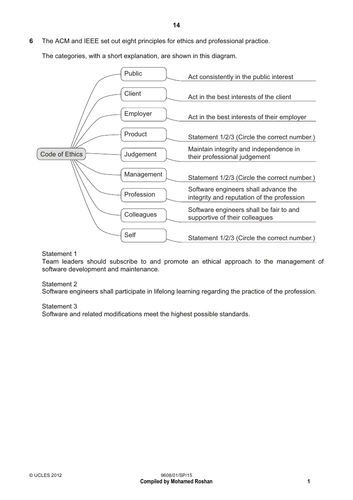Computer Science by Roshan
IGCSE and A-level Computer Science (CS) note that specialize in study materials. These resources are designed to help students understand the key concepts and theories in computer science classes and provide additional support for their learning. These notes offer various CS topics, such as algorithms, data structures, programming languages, computer systems, and databases. Overall, a CS class notes shop is a great resource for students looking to get a deeper understanding of the subject.




















